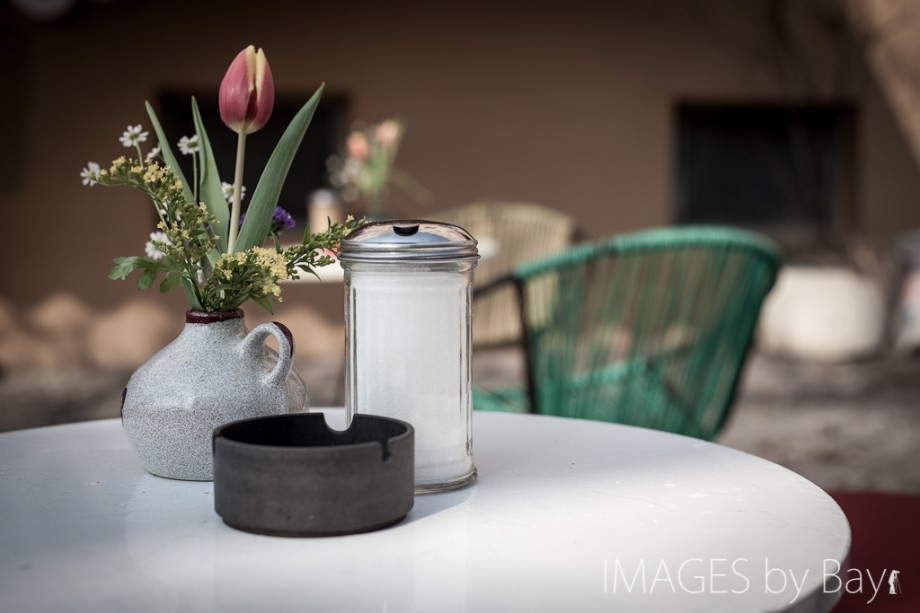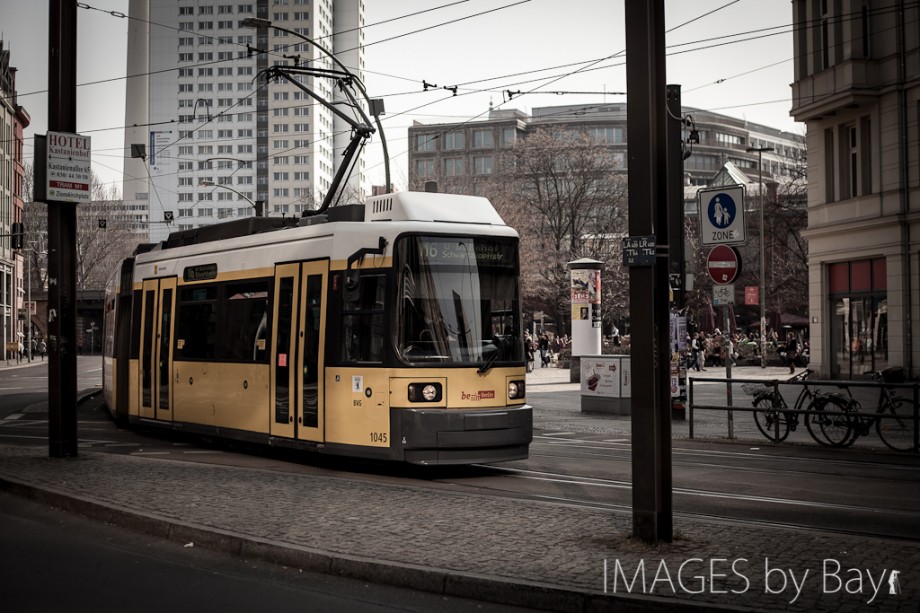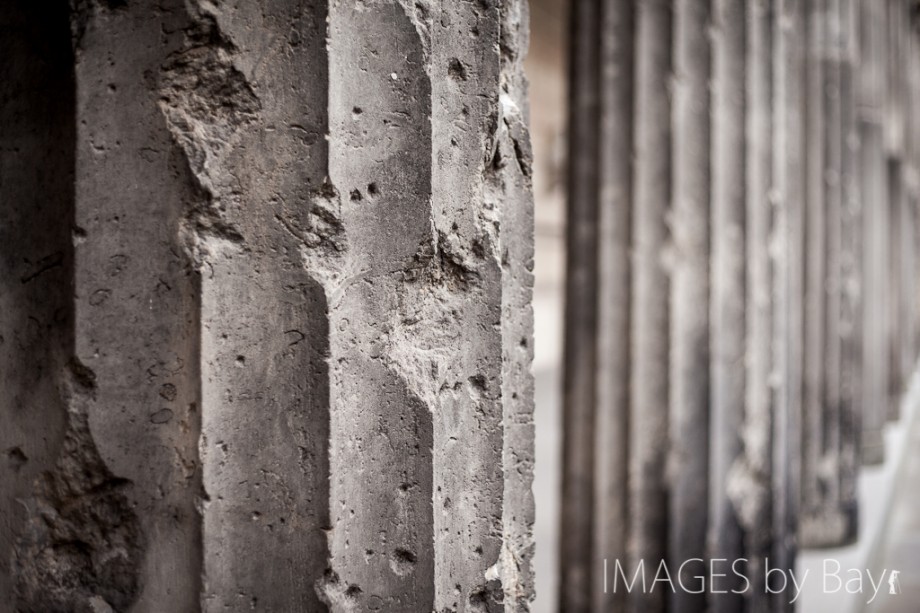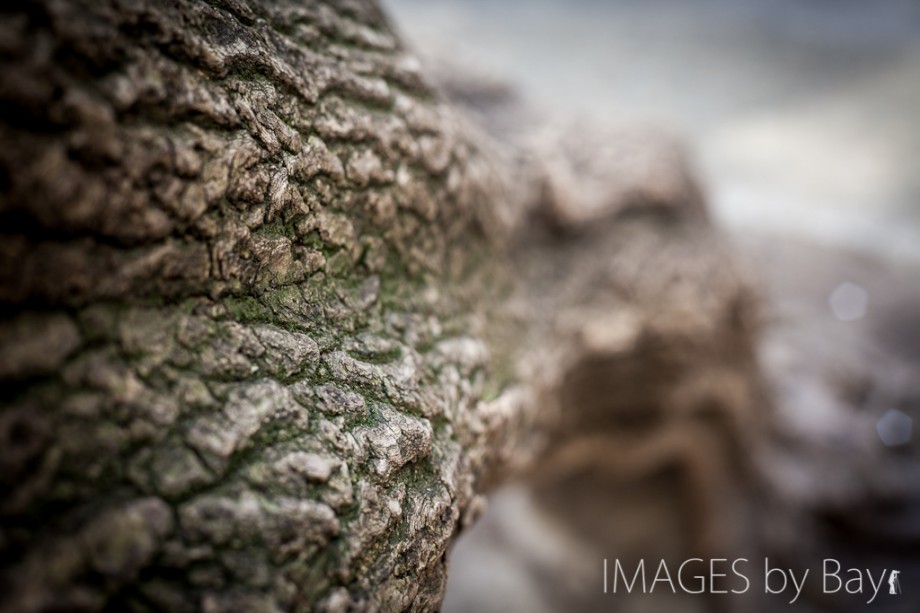I’ve always considered the 50mm a perfect little lens when used on the old 35mm film cameras – it was my favorite and together with a 24mm it was my only kit for a long time – that was the Pentax area. I’m using Canon now and I have never got to buy any of their 50mm lenses despite they have three versions. I would love to go out and get the 50mm f/1.2L but it’s simply too heavy and expensive – the 50mm f/1.4 would be my favorite lens – its not too expensive, not too heavy or large but it’s very old technology and in my opinion not up to the standard of the new digital SLR cameras from Canon.
The only choice left is the ‘plastic fantastic’ 50mm f/1.8 – I’ve hesitated to get it for a long time but my my girl friend wanted a smaller camera. She already have the Canon 5D Mark II and use to walk around with it together with the standard zoom – the 24-105mm f/4L which all together weigh about 1.2 Kg. I figured instead of getting a new smaller camera (like the Fuji x100) it would be worth to try the small and cheap 50mm f/1.8 lens.
Guess what – she loved it! She was sold and so was I. It’s light and a super sharp lens – even more it’s perfect as a general walk-around lens for the Canon 5D Mark II. The best thing is that i let you focus more on the basic stuff like composition, shutter speed and aperture settings. Anyway she loved it and I remembered the old days so I headed to Amazon and got a used for my self.
Here is the formal stuff about the 50mm lens:
The Canon EF 50mm f/1.8 II lens has a plastic lens mount, is missing a distance scale and dedicated manual focusing ring. Instead it’s cheap and has the manual focusing ring replaced by a small and thin focusing ring on the front tip of the lens.
Because of its low price and sharp optical quality, this lens has earned the nicknames ‘nifty fifty’ and ‘plastic fantastic’. When shooting at f/1.8, the lens produce a very shallow depth of field which is great for isolating subjects against a blurred background.
The 50mm focal length, when used with a 35mm film or full-frame sensor, is considered to match the field of view seen by the human eye. This perspective also make it a great lens for many different objects and situations and it can be used for portraits and landscapes with equal success. When used with a Canon DSLR with an APS-C sized sensor, photographers must apply a focal length multiplier (also known as a crop factor) in order to get the effective 35mm field of view equivalent. Most entry level Canon DSLRs come with a crop factor of 1.6x, which effectively turns the 50mm focal length into a 80mm field of view (50 x 1.6 = 80mm).
All images have been captured in Berlin Marts 18. April on the 45th wedding day of my parents 🙂 Enjoy them and share them!
Martin Bay




Recent Comments